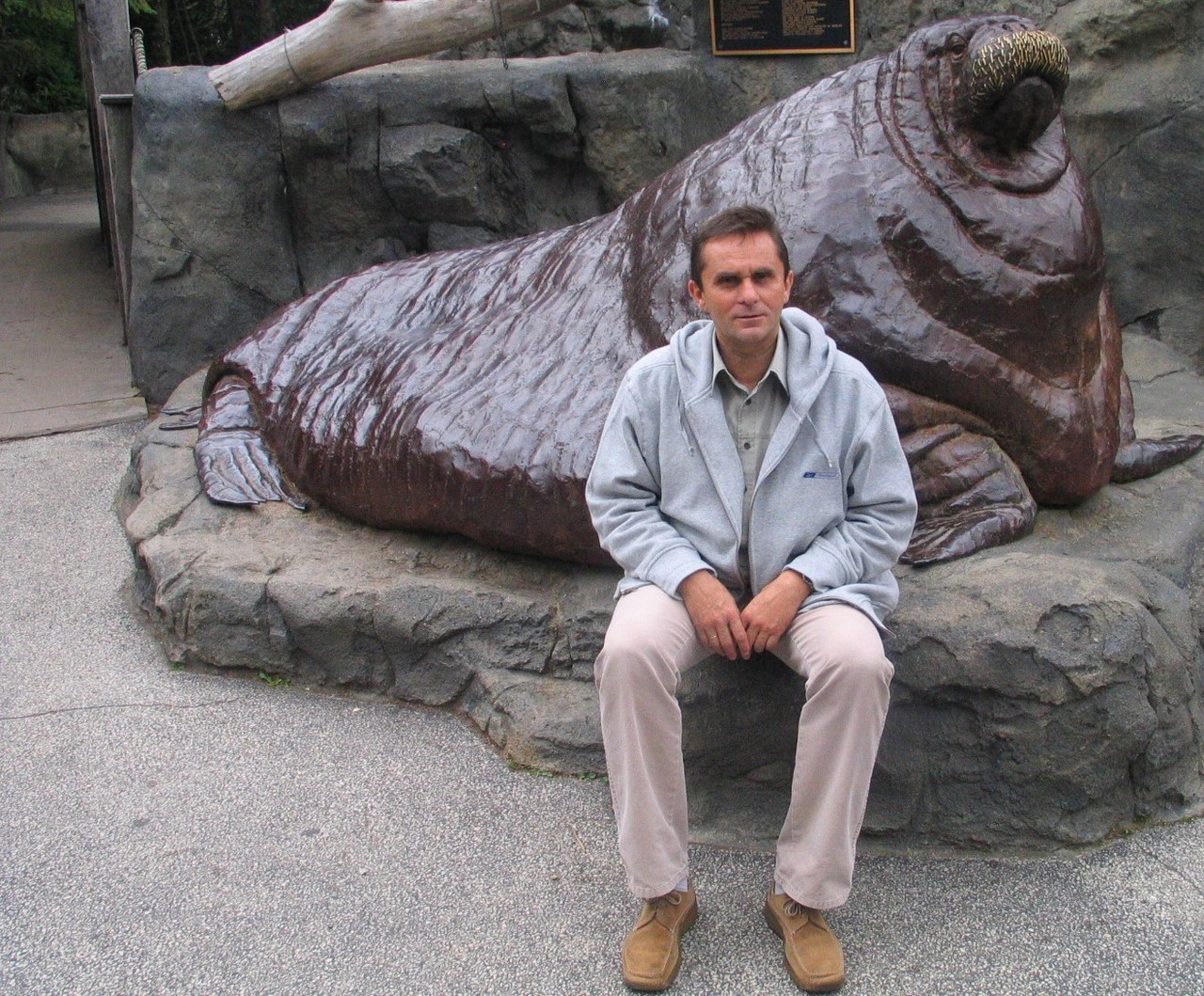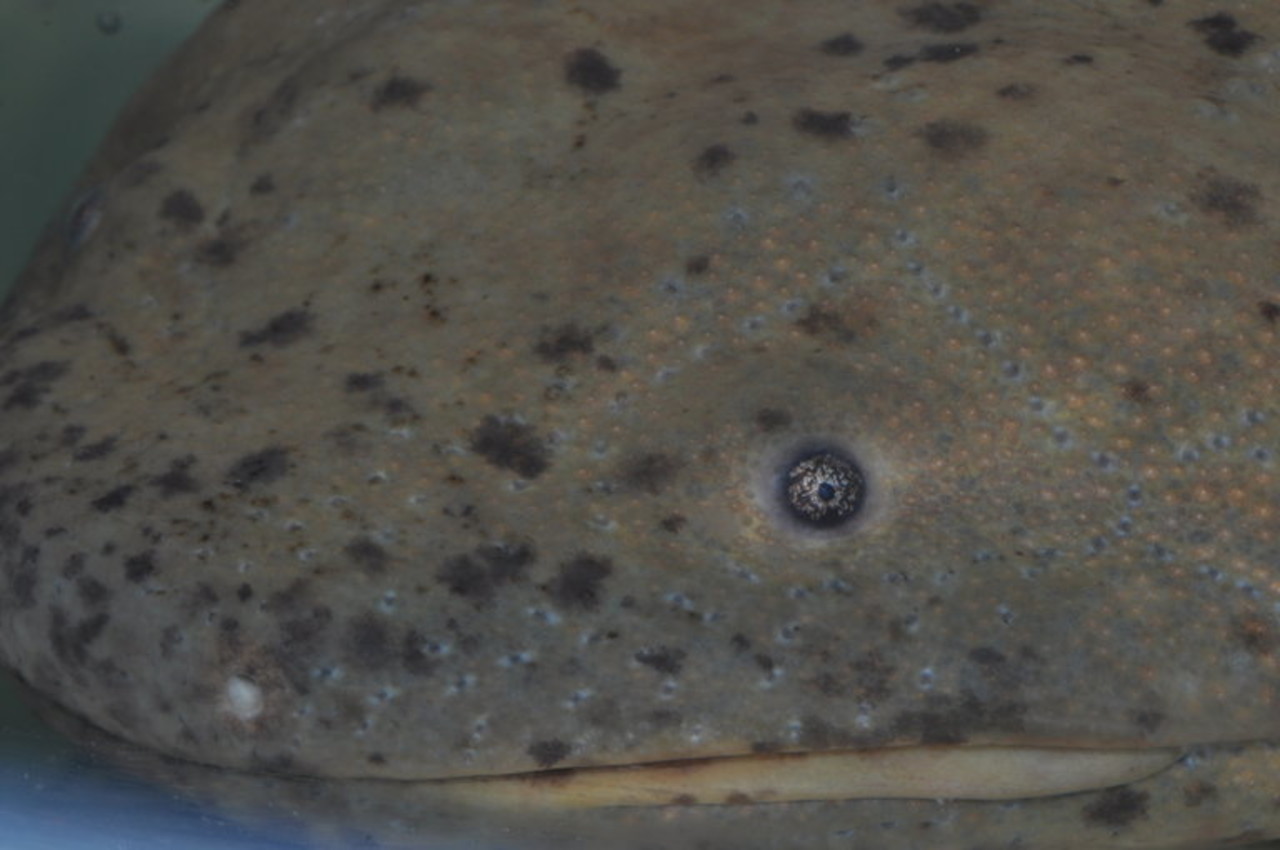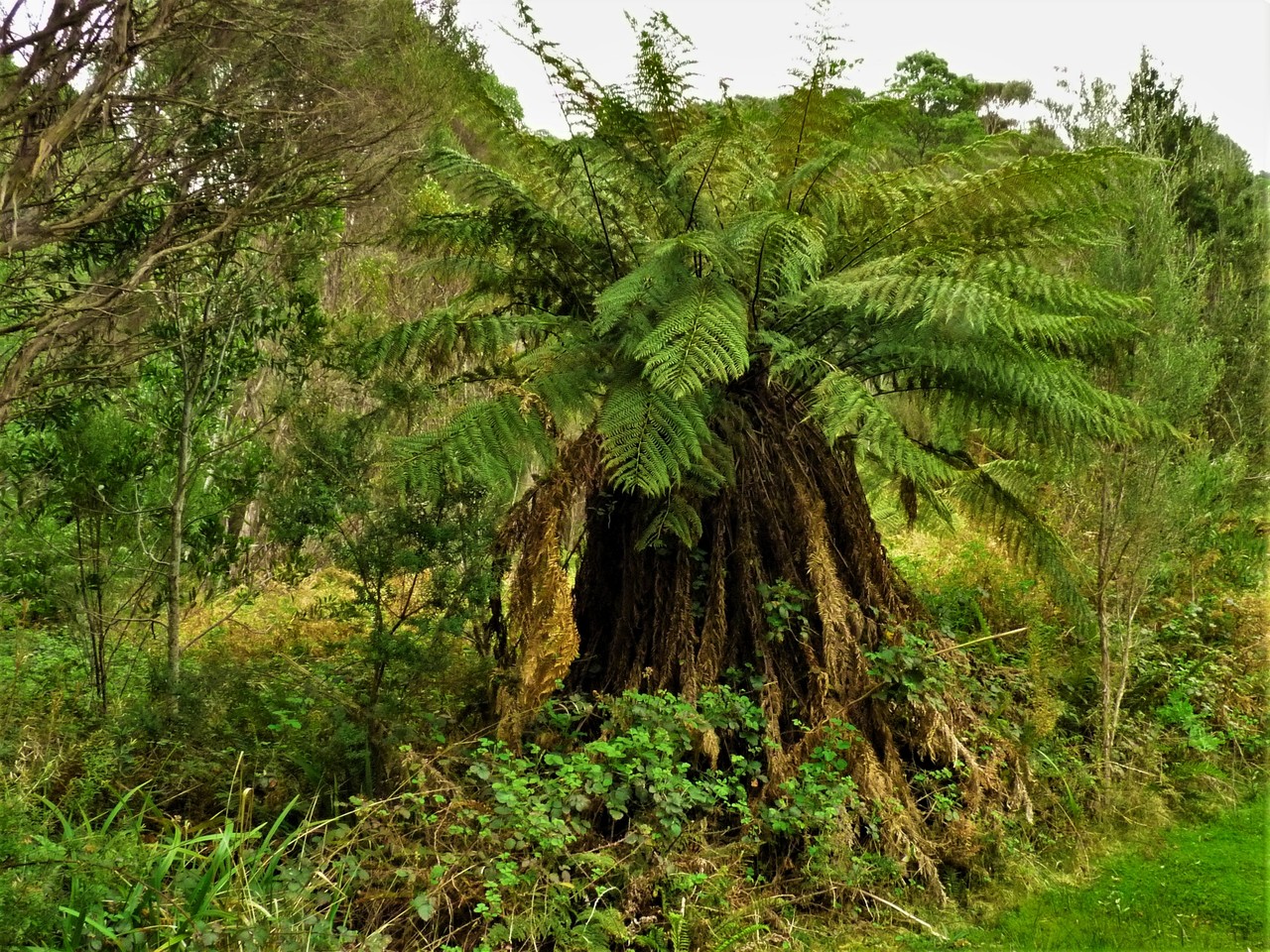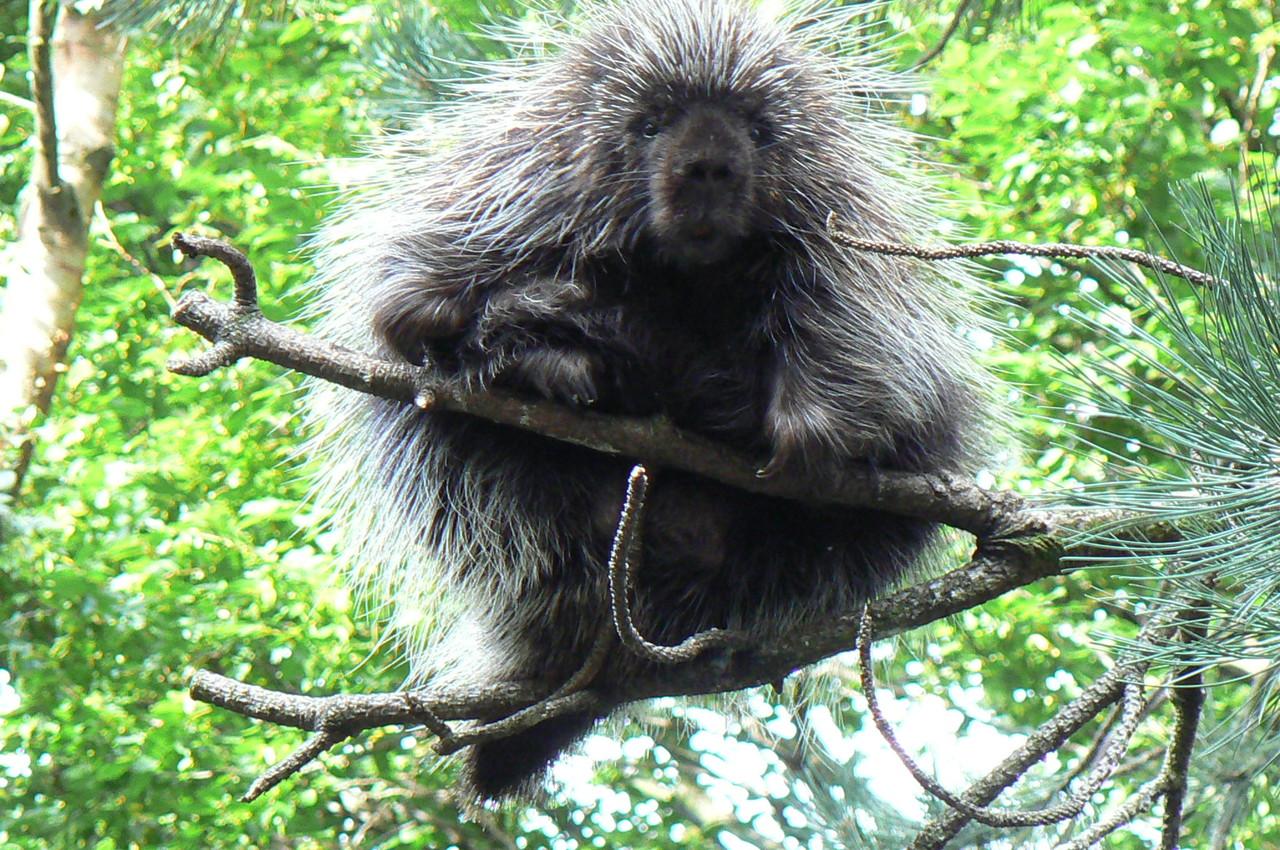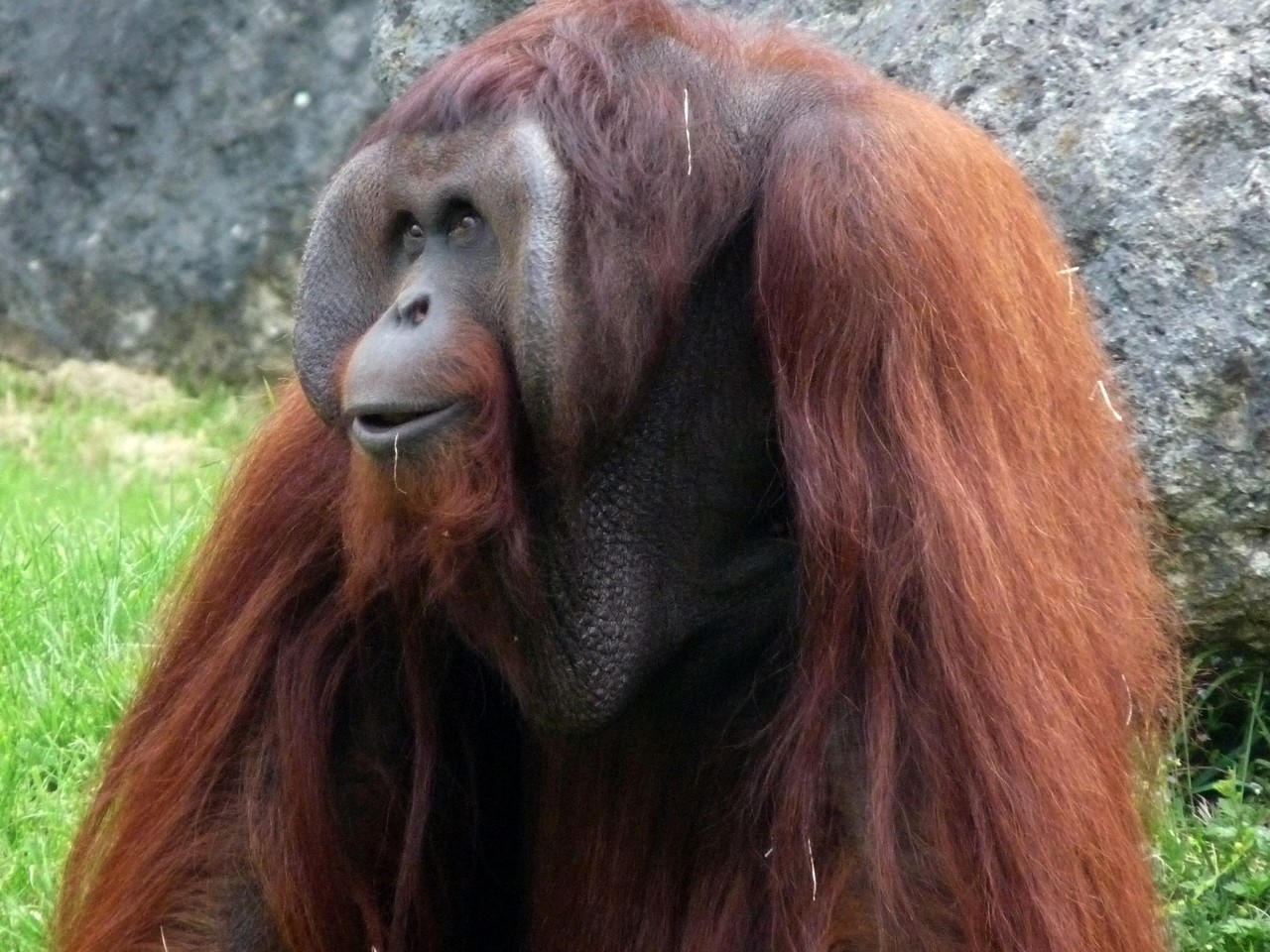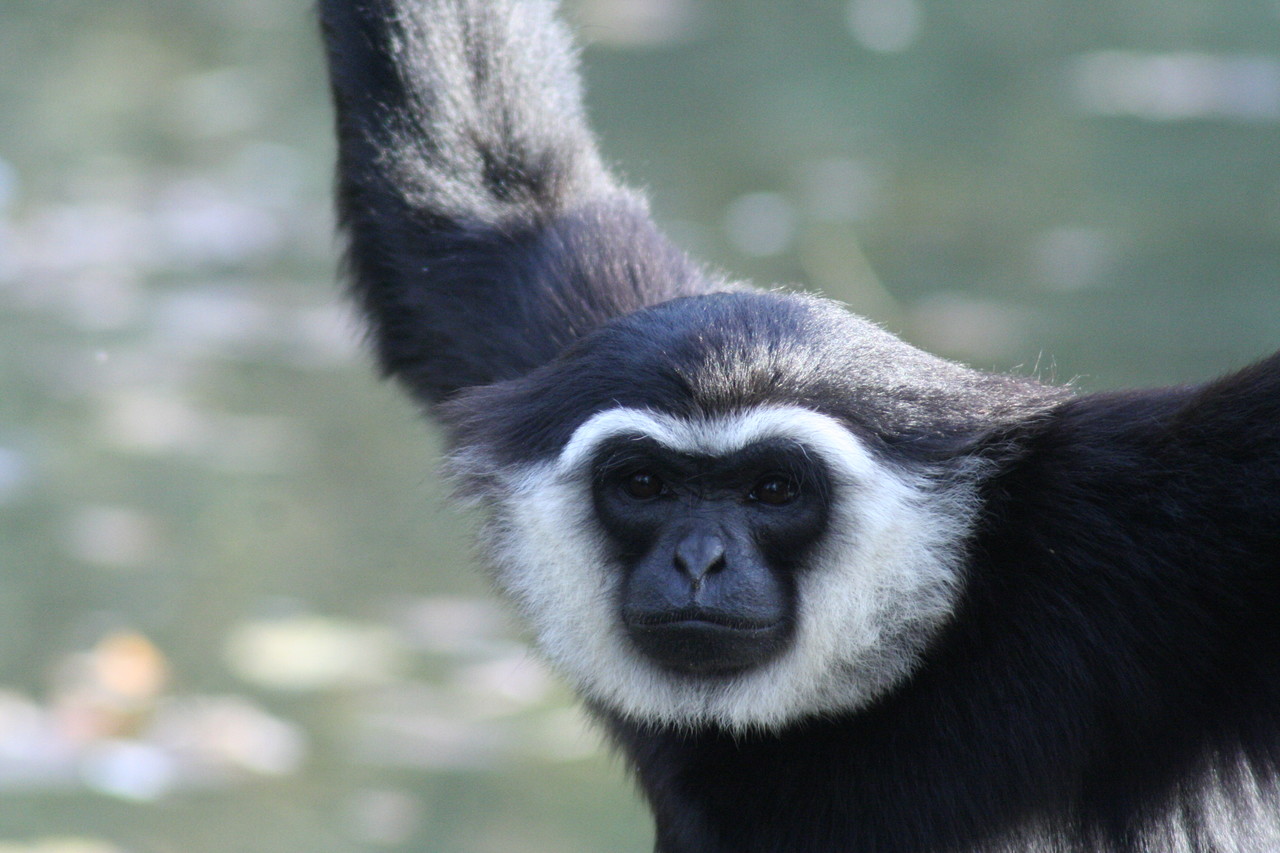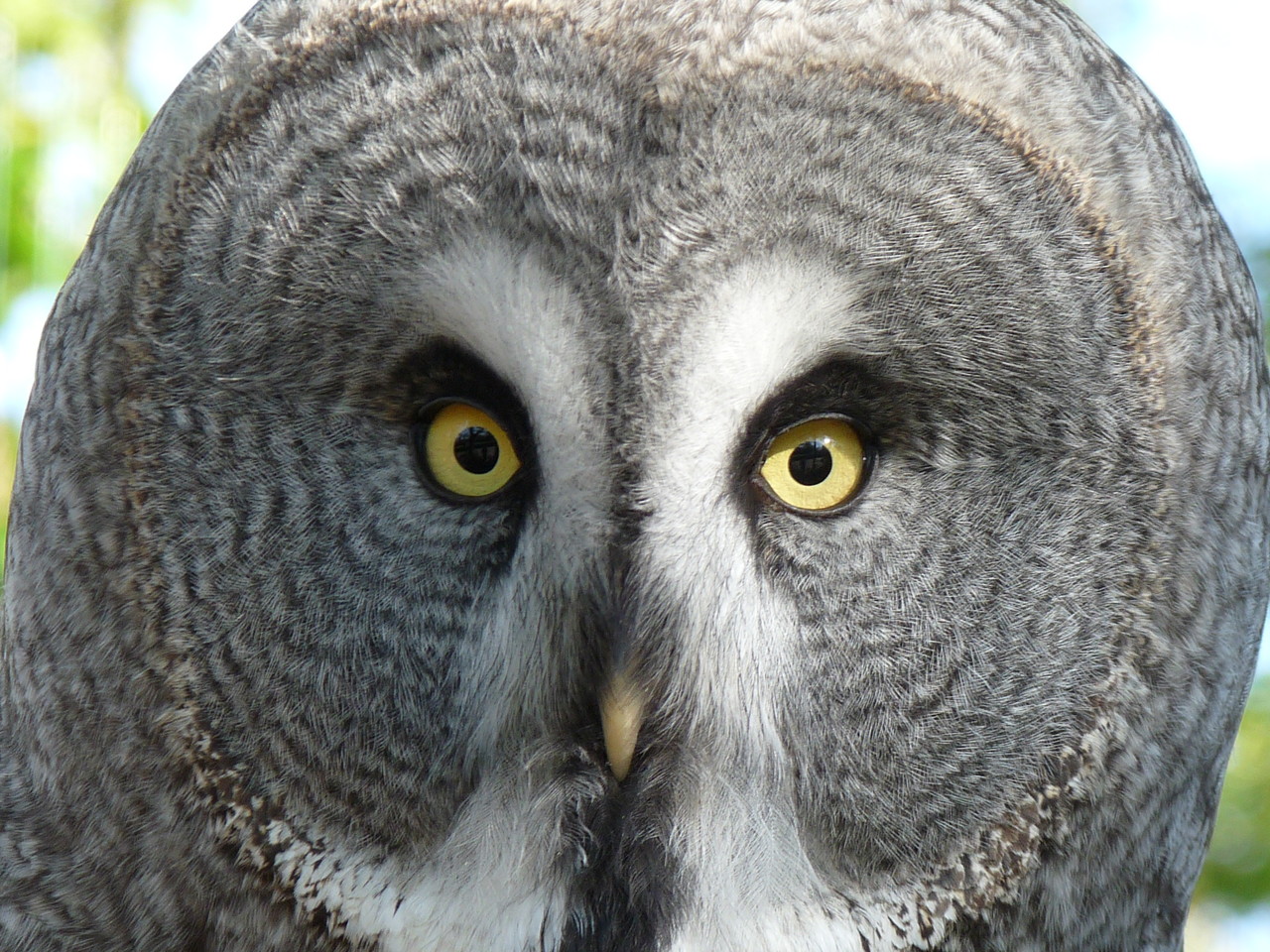Animals speak not only on Christmas Eve?
From the dawn of time the world of animals has aroused deep emotions in human beings. Fear, horror, disgust, curiosity, sympathy, admiration and also friendship and love revealed by man in dealing with animals are an expression of our - more or less - conscious excitement with "smaller brothers".
And yet – feeling as higher beings, we usually disregard them and recognize them as creatures deprived of consciousness, displaying a not very flattering card, which is often verified by life. Certain of our unquestionable advantages we wade through the ocean of our imagination, usually making sure in our superiority over the world and at the same time underestimating the potential animals have. And yet, a number of mechanisms to which a man had to empirically come for centuries, function in the surrounding - whether we like it or not - huge, rich animal world. It is enough to mention all known ultrasounds used in echolocation by bats, how whales or dolphins can communicate, or elephants which, using infrasound (less than 16 Hz) which are inaudible to human ears, can communicate for many kilometres. The incredible sense of sight in the birds of prey, capable of observing small animals on the ground from a height of several hundred or even several thousand meters, can be compared with the most modern telescopes, still improved and still not as perfect as those that have had birds for hundreds of thousands of years.
Reciting the revelations of the animal world could take thousands of pages, and I want to use them only as an argument which would make us reflect and ponder on our own imperfections. In politics, it is usually assumed that there is a need to agree with someone who has something to say - would it be possible to communicate with animals?
Self-satisfied, we do not see such a possibility of understanding, although we talk to our dog or hamster many times without realizing that the animal really listens to us. It is known that a dog learns very easily how to associate certain words with a given situation, guessing our intentions. Then we are most often surprised and then we get used to this situation, taking it for granted. Hamsters, on the other hand, are extremely intelligent animals, just like rats and mice, which from time to time surprise scientists with their intelligence. And the dog's reactions would be much more understandable to most of us if we tried to read the dog's behaviour, specifically the dog's speech, with which our dog ( sometimes desperately and for a long time ) tries to approach us or tell us something. Unfortunately, a man teaches domesticated animals what is good and what is bad. On the other hand, wild animals observe strictly binding norms in their world which cannot be exceeded. Zoopsychologists prove that the world of animal values exists, although it is a dark secret for humans.
Already a famous ethologist, Nobel laureate Konrad Lorenz noticed the existence of outlines of moral norms in some animals.

We have gone into the world of our own language, forgetting the body language, which is the basic means of communication for animals. The famous Gorilla researcher Dian Fossey became a member of the mountain gorilla family following their canons and achieving full trust of the animals. Understanding?
Yes. And for Dian Fossey, talking to gorillas was possible not only on Christmas Eve.
Contacts with animals are still opening new possibilities for humans - autistic children whose health significantly improved after a series of horse rides, meetings with alpacas, dolphins or other animal therapies are the proof of it.
Signals with which animals communicate are an innate skill. Man has to learn a language that he communicates with other people. Nevertheless, we consider our language the most important. And yet a famous horse named Hans, "taught" arithmetics by his master, proved a completely different way of "understanding" human speech…
Hans's owner took up the task of teaching his pet the art of counting, and indeed, after some time, the horse was able to give the numbers even double-digit subtracts by delving the right number of times with his hoof. The horse usually gave correct answers, but additional experiments were carried out to prove the animal's ability. When the questions were asked by the audience during special shows, the horse responded correctly. Also when the questions were known only to two horse testers - when one of the questioning person whispered to the horse's a question and then hid away, the horse also gave the right answers. However, when the task was known only to the questioning person who, after whispering a question into the horse’s ear disappeared from the animal’ s view , the horse could not answer, delving the hoof countless of times. The secret of the "talented" horse was in the animal's ability to read the "body language" because the horse learned to read the body language of the trainer who unknowingly gave him the signal of the correct number of hoof strokes.
Chimpanzee Kenzi mastered the art of communicating with a man using a computer keyboard marked with drawings. There are known cases of mastery of sign language by chimpanzees and gorillas. We achieve a relatively high level of agreement with all trained animals which, treated with understanding and even respect, try to guess our wishes and intentions.
So it looks like the next move towards understanding with animals belongs to us. In many cases, animals even reveal to humans the ability of empathy, which should characterize us towards animals. And yet this attitude towards the "smaller brothers" would perhaps allow us to understand ourselves better and change the world for the better, of which we all ,more or less, consciously dream about? Rudyard Kipling in "The Book of the Jungle" describes the adventures of Mowgli, a wolf-raised child. You can treat this beautiful story for children and young people as a product of the author's imagination.
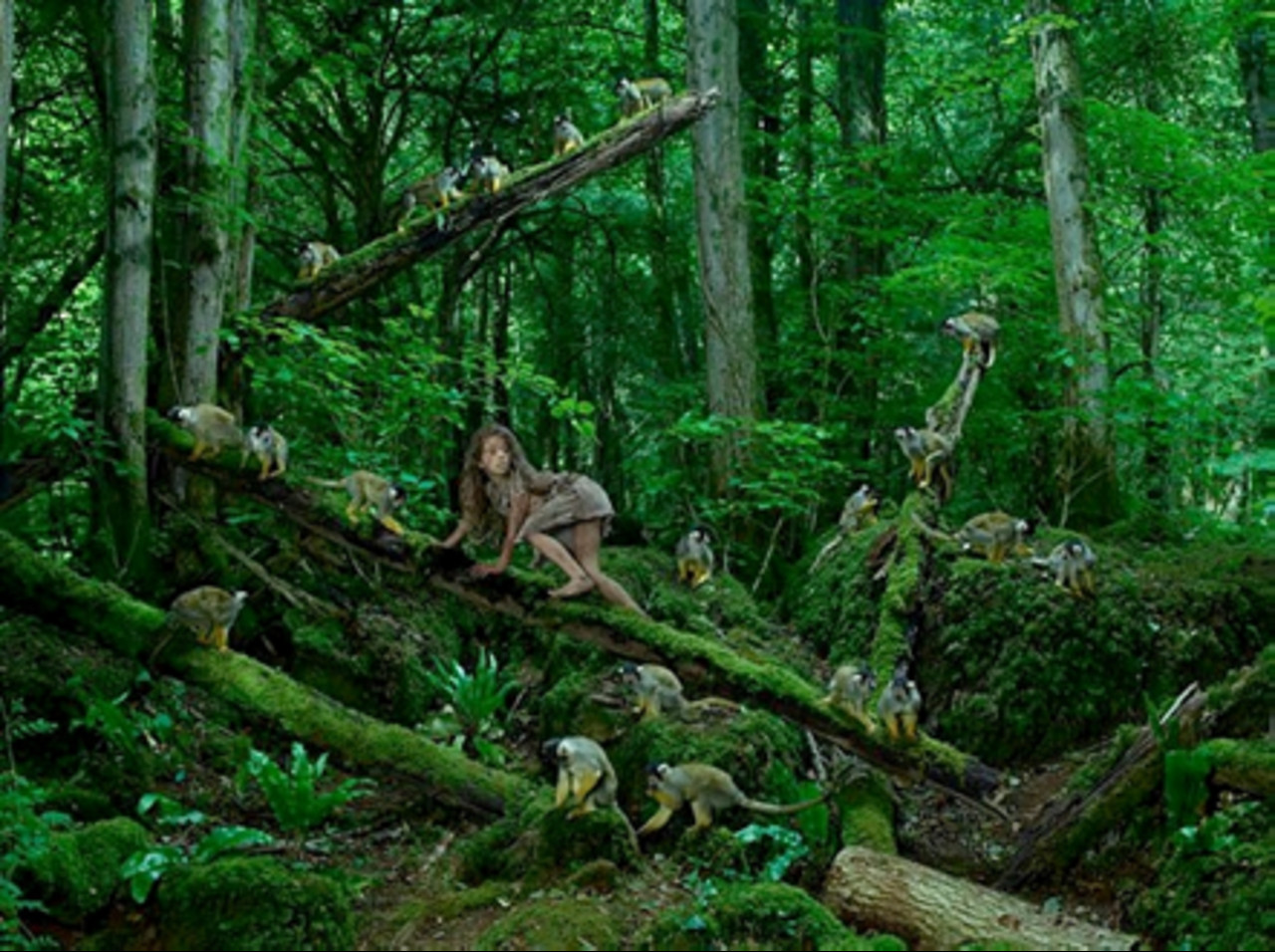
But we know the authentic, documented cases of raising children by wild animals - girls raised by wolves Kamla and Amal and a boy named Shamdeo in India, a girl in Mexico, hunting with a herd of wolves on goats, children John Ssebunya in Uganda and Marina Chapman in Colombia brought up by the monkeys as well as a boy brought up by leopards in India. Is our attitude of superiority to animals really right?
Christmas Eve is the only day of the year in which we tend to reflect on understanding animal speech. And - who knows, should we not , for our own good, rethink our attitude in the face of the dying world of wildlife?
Aleksander Niweliński



